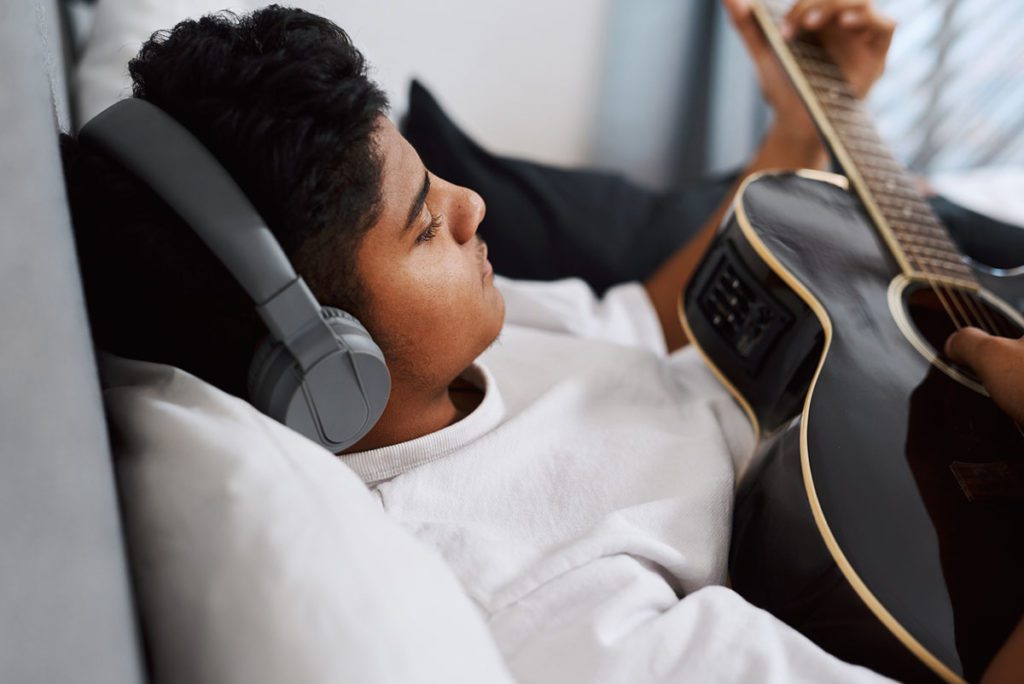Many students and their families enjoy using computers, phones, tablets, and TVs as a way to spend downtime and connect with others. The media can also hold incredible educational value as it can be used for research, learning new skills, and help with schoolwork. Even video games can provide benefits, as they are fun ways to improve your mood, promote relaxation, and build motor skills and coordination.
While using devices can bring about many positive effects, it is important to understand that like most excellent things, moderation is key. Overuse of screen time may have negative consequences for children and adults. Particularly, there is a correlation between screen time use and sedentary behavior, as devices are most used while sitting down. It can also lead to poor vision and a decrease in sleep quality. Further, there may also be a link between behavior or mood changes and screen time or the content that is being consumed while using devices.

How Much Is Too Much?
Thankfully, the solution is not to remove screens altogether but simply to limit the amount of time spent using various devices throughout the day. The American Academy of Pediatrics recommends the following acceptable amounts based on age:
- No screen time for kids under the age of 2
- One hour per day for kids between the ages of 2 and 12
- Two hours per day for teenagers and adults
Of course, the key is to bring about a balance that works for your particular children and family. There are many ways to create a healthy environment with devices by limiting screen time.
Track the Amount of Screen Time
Track screen time and involve your kids in upholding limits. There are settings on some computers and smartphones that track screen time and notify you when you reach a preset limit. Alternatively, there are apps that do this, including RescueTime or TimeCamp.
Share in Their Digital World
Engaging in your children’s online activities can help you enforce which content is appropriate and allowed and understand how your children are using their devices and online accounts. Together, you can play video games, watch YouTube videos, learn how to research effectively online, or simply ask questions.
Model Good Boundaries Around Technology
A large part of how children navigate the world is dependent on their parents’ behavior and activities. Sometimes, it can be hard to limit your own screen time because so much adult communication and work take place on your computer or smartphone. However, you can set appropriate times of the day for screen time. For instance, you may wish to keep bedtimes and mealtimes screen-free to promote healthy habits.
Integrate Various Forms of Technology in Activities
Technology does not have to be separate from other activities, even those that can be enjoyed outdoors if it is the element that creates enjoyment and adds interest to your children. You can take advantage of apps such as weather, maps and fitness trackers or use calculators and thermometers to teach kids about the physical world.

Focus on Important Aspects of Health
While limited amounts of screen time can be beneficial for any individual, it is important to make sure it is not detracting from the three pillars of health: nutrition, exercise, and sleep. Make sure you and your family receive an appropriate, healthy level of each daily.
Sallie B. Howard is a free public school that prides itself on helping children of all ages learn how to lead successful, happy and healthy lives. Contact us if you would like to hear more about how we work with students and their families.


